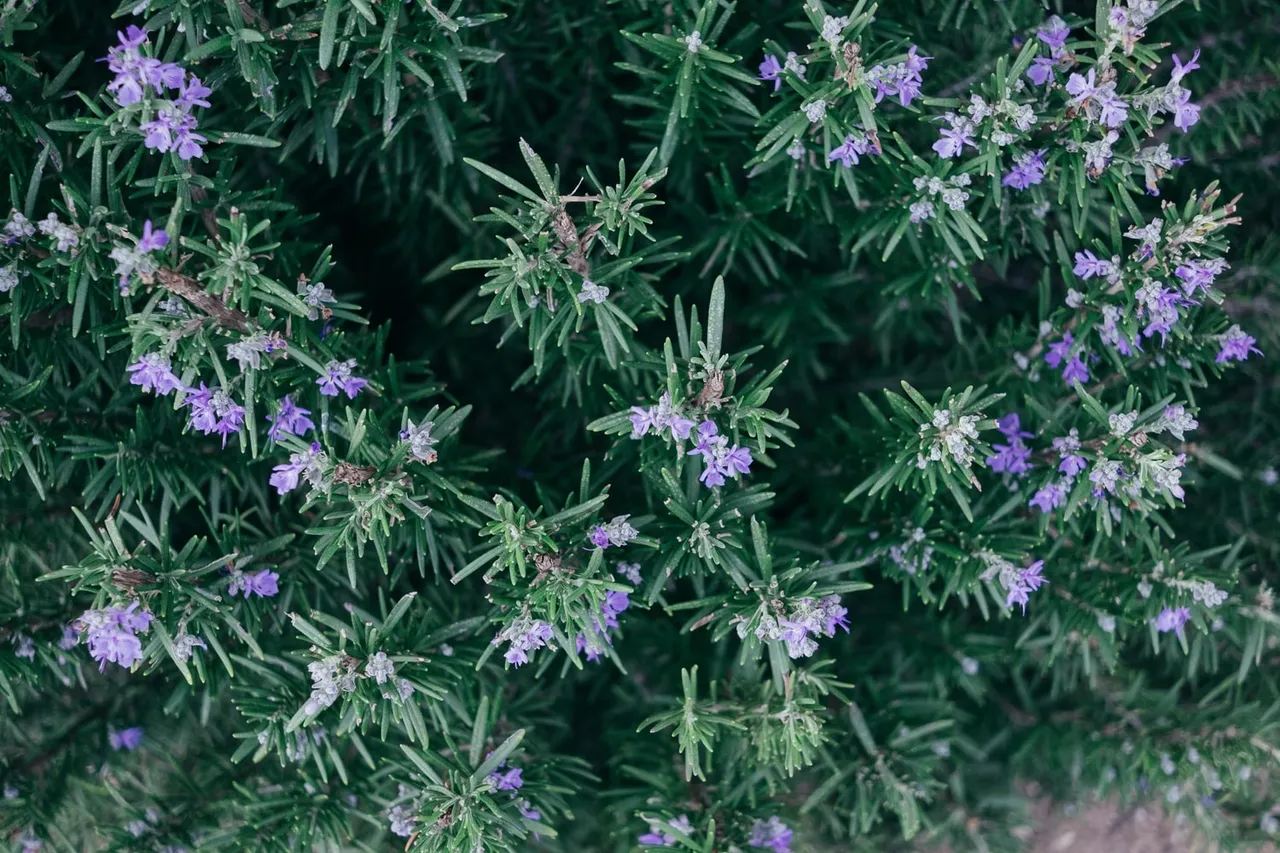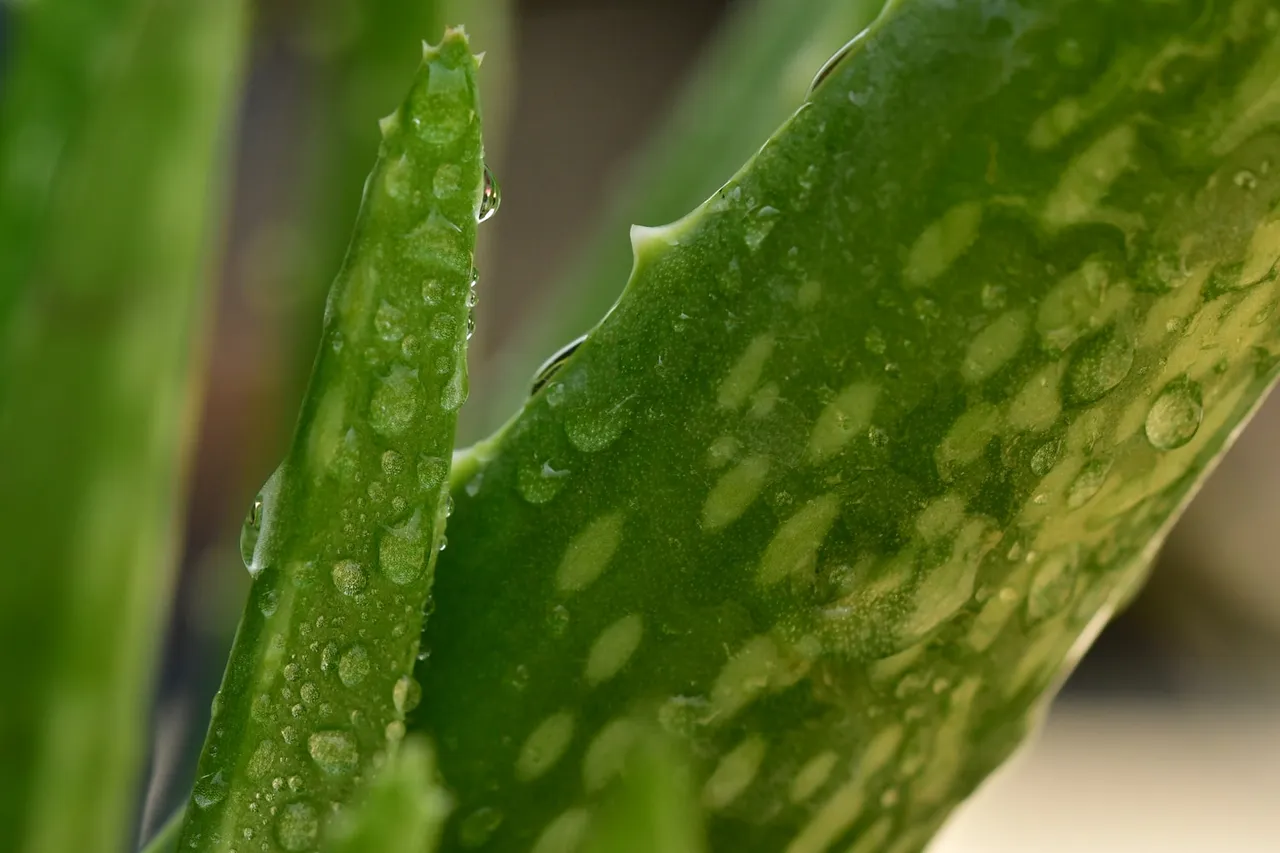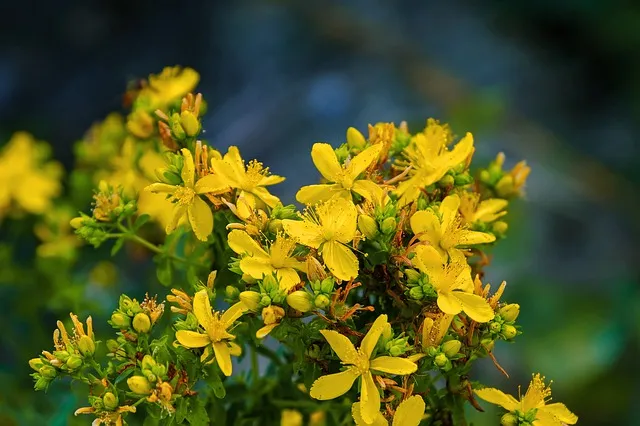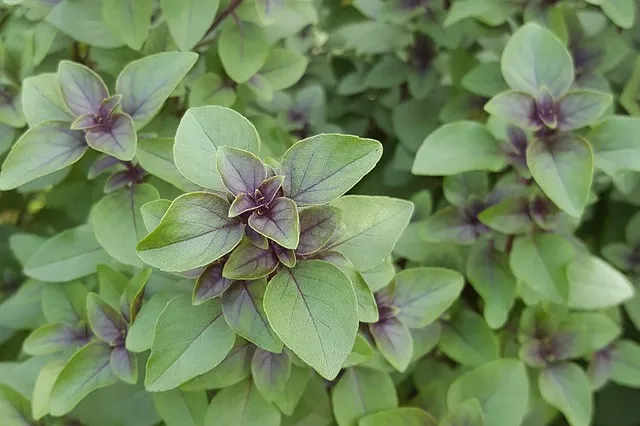Recently I've been coming across videos and articles talking about adaptogens. I don't know if it's that phenomenon where once you know about something you suddenly start to see it everywhere, or if a little birdie is trying to tell me that I really should be looking into these more.
What is an adaptogen?
Adaptogens are herbs, and some mushrooms, which adapt to your body's needs, fortifying it to be able to deal better with health issues that you have or which might come your way. They can be relaxing or stimulating, depending on your body's physical, chemical or biological needs at the time. Each adaptogen is a little different in the areas it works best, but overall they manage stress, probably the biggest cause and aggravator of chronic illnesses.
Adaptogens aren't immediate acting, they are something which builds up over time, so are best incorporated as a daily part of your life, whether it's adding them to foods or drinking them as teas.
”Adaptogens do for your adrenal glands what exercise does for the muscles. They do this by interacting with the hypothalamic-pituitary-adrenal (HPA) axis and the sympathoadrenal system, tweaking hormone production and physiological responses to ensure the body functions optimally.” Dr Brenda Powell
“When the body is subjected to stress, adaptogens help the adrenal glands mount an immediate hormonal response by manufacturing and releasing more stress hormones. When the stress stops, however, the adaptogens help the adrenal glands shut down more quickly. In cases where stress is prolonged and/severe, the adrenals reserve their resources by reducing the amount of hormones they release due to adaptogenic restoration by hypothalamic receptor sensitivity. This conserved energy becomes available to continue the body’s response to stressors, thereby delaying adrenal exhaustion.” Dr Ben Tabachnik
Which Herbs and Mushrooms are Adaptogens?
Some time last year I was watching a video series on herbs for healing and health and the herb that kept cropping up the most as useful for all types of conditions was ashwagandha. It became a bit of a running joke between myself and my friend who was watching the series too. Some others that came up in the series were reishi mushroom (mentioned almost as often as ashwagandha), astragalus, holy basil (tulsi) and ginseng.
Being a gardener, my first questions are whether I can grow them and how easy they are to harvest and use, especially as many of these adaptogens are becoming well known and can be bought from natural health stores or the health food aisles in supermarkets, but they are often quite expensive.
From watching that series, astragalus seemed to be the easiest to harvest and use; it's pretty much a case of grabbing a handful or two and throwing it in your cooking. Ashwagandha, like ginseng, is generally harvested for its roots and as the plant can get quite big, it becomes a big job to harvest them. So at the time I tried to find out if I could get hold of tulsi and astragalus plants for my garden, but they weren't something you could get easily in the local garden centre and I'm a procrastinator when it comes to ordering things online.
Then the other day I came across an article which made me realise there are way more adaptogens than were mentioned in that series and I already have some in my garden! I decided it was time I looked into these intriguing plants some more.
Rosemary
I'm going to start with rosemary, because I actually have this flourishing in my front garden and I think that most of us are familiar with it, even if only in passing. It's most commonly associated with a lamb roast, but there is good reason to start adding it into many more dishes, because it tastes good too.

SRC
As an adaptogen it is specific to methylation, an important reaction which happens in your body's cells and its important for the optimum function of most of our body. Whether you over or under methylate, the regular ingestion of rosemary can help to regulate it.
In addition, it is an anti-inflammatory and antioxidant, often cited as being good for helping memory and concentration, which could well be connected to the methylation process as Neurotransmitter production is one of the many things it impacts.
The great thing about rosemary is that you can just harvest the leaves as needed, no preparation required, however it can also easily be dried for long term storage, just by leaving it spread out on something like a tray. It's a Mediterranean shrub which adapts to growing in most climates; I've grown it in ever rainy, cold England and here in the extreme heat and dry of South Australia.
Aloe Vera
Aloe is another plant I have growing. We use this succulent a lot topically, but it's very bitter in taste, so we rarely ingest it. I used to add a small amount to juices, when I juiced my own fruit, but we haven't had enough fruit to juice for a while. It can have a laxative effect if over consumed or if the sap in the rind is eaten, so generally it's safest to stick with just the gel when using it internally.

SRC
The reason you might want to use it internally is for its healing effect on the digestive system. Like rosemary it's an anti-inflammatory and it's also antimicrobial. Then being an adaptogen, it works to help de-stress the body. It's been found to support the immune system, which would make sense as stress is one of the biggest impactors of our immune system and it's known that the immune system begins in the gut.
Aloe takes a little bit of preparation to use. Harvest the leaf by cutting it off at the base, then leave it standing upright, base down, for around 10 minutes for the brown sap to drain. If ingesting, take off the rind. A leaf can be prepared at once if you are likely to use it in the next three days, just store it in the fridge in an airtight container. It will, however, last longer as a whole leaf if you just want to prepare what you need as you go.
The plant is frost intolerant, so while it will shrug off a brief, light frost, if you're growing it in a colder climate you will need to bring it inside in winter. If you're in a hot, dry climate, then it's the perfect plant to grow as it needs very little water to survive. In droughts it will lose some of the plumpness from its leaves and take on a reddish hue, but will bounce back again at the first rains.
St. John's Wort
I don't have St. John's Wort (Hypericum perforatum) in the garden, but I recently started taking it for depression, when I hit a particularly low point. This herb helps with mild depression, anxiety, sleep and menopause. However, it isn't immediate acting, but rather needs to build in your system with daily use. Now doesn't that sound familiar? While I hadn't come across it mentioned as an adaptogen in regular lists, I had a suspicion that it might be one and that suspicion was proven right.

SRC
I'd like to point out that while on its own St. John's Wort is unlikely to have any side effects at normal doses, it is highly interactive with other medications and should not be taken with prescribed antidepressants. It’s a bit of a conundrum if you were wanting to move over to it from antidepressant medication, because they'd have to completely clear your system before you could start taking it and in the meantime you'd likely be not only going back into depression, but dealing with the withdrawal from the prescribed medication. Then it will need time to start working. It's probably a better approach to try St. John's Wort first, before looking at other medication.
It seems to be mainly the flowers targeted for use, but the leaves and stems can be used too. Often the top 4-6 inches of the plant is harvested. There is an optimum time for harvesting and that is when the flower produces a maroon colour when crushed. It can be used fresh at this point or dried, but some say fresh is best and has the most potency. Unfortunately, fresh has only a small window of use, so for long term use it would have to be dried.
The plant is perennial and often seen as a weed in areas it isn't native, growing in a range of soils and climates, with a preference towards sandy soils. Some preparations might be needed for the clay soil in my garden.
Tulsi
As I go through the adaptogens, I'm starting to find that most of them act in a similar way; which is pretty much helping with stress. However, Tulsi, often called holy basil, in addition to the usual adaptogenic properties of reducing stress, studies have found regular consumption could have immunomodulatory, anticancer, anti-inflammatory, antioxidant, radioprotective, antimicrobial and antidiabetic effects.

SRC
The leaves are the part of the plant harvested for use and usually taken as a tea; however the leaves can also be used when cooking.
Tulsi is a perennial plant which originates from India, so it prefers a tropical to sub-tropical climate, which restricts where it can be grown, somewhat; meaning the likelihood of it ending up in my garden is little to none, after all. Maybe procrastinating wasn't such a bad thing after all.
Astragalus
As usual the theme continues with the traditional adaptogen properties with astragalus. Other potential benefits are immune-boosting, anti-aging and anti-inflammatory effects. It is believed to prolong life and in Chinese medicine is used to treat ailments, such as fatigue, allergies, colds, heart disease and diabetes among other conditions.
There are over 2000 species of astragalus, but the two used medicinally are Astragalus membranaceus and Astragalus mongholicus. For supplements it's generally the root that is harvested, rather than the leaves which were talked about in the video series. Possibly the root has more potency which would explain why there are some potential side effects and interactions. Because a few of my family members have autoimmune disorders, the one that stood out for me was the possible concern for those with autoimmune disorders, due to potentially increasing the activity of the immune system,
Astragalus is a perennial legume which likes partial shade to full sun and has a preference for Sandy soil. The roots are general harvested around the 3 year mark. Growing from seed requires a bit of preparation. They need to have experienced a cold period for around 21 days and then be scarified with sandpaper. They can also be propagated from cuttings and splitting the plant, which sounds a bit less complex.
Ashwagandha
Perhaps ashwagandha could be worth more consideration for the garden after all. It comes up near the top in just about every adaptogen list I've come across and while the root is the main target for supplemental use, the leaves and berries can be used too. There seem to be no obvious side effects or interactions, although there is mention that the berries could be mildly toxic, meaning you shouldn't overdo them. They are also bitter, so that should deter overuse anyway.

SRC
The plant is a perennial shrub that can grow in poor soil, but will do better in improved soil, which makes it sound promising for my garden.
Sources used and further useful reading:
- https://drinkmetta.com/blogs/the-elevated-life/the-ultimate-guide-to-adaptogens
- https://www.aloevera.green/aloe-vera-adaptogen/
- https://www.ncbi.nlm.nih.gov/pmc/articles/PMC5376420/#!po=30.2632
- https://www.mayoclinic.org/drugs-supplements-st-johns-wort/art-20362212
- https://www.healthline.com/nutrition/astragalus
- https://www.healthline.com/nutrition/12-proven-ashwagandha-benefits#1